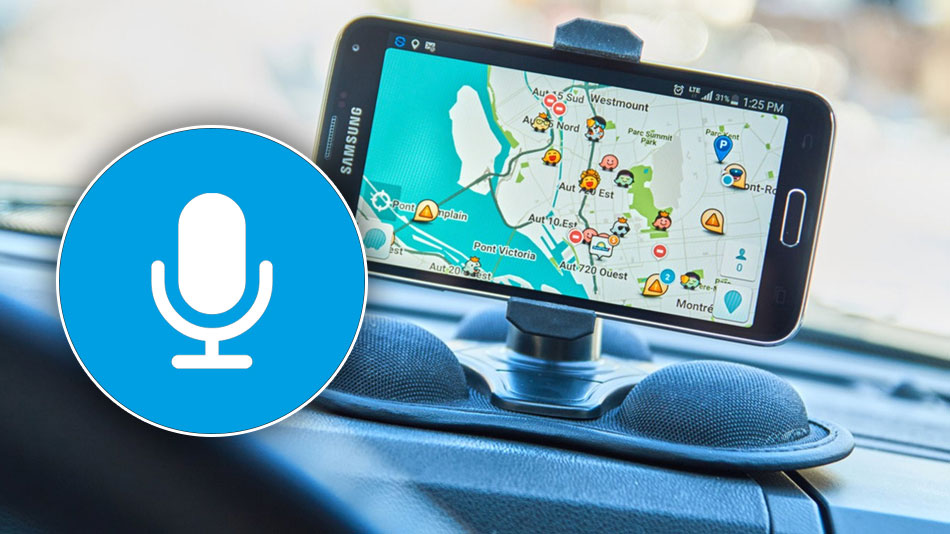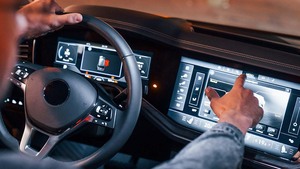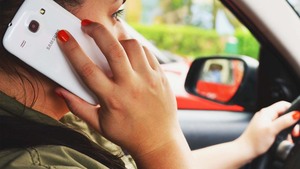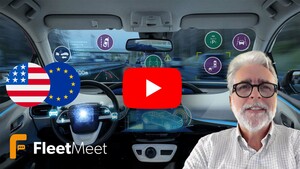A recent publication by the UK Transport Select Committee urges a clamp down on mobile phone usage. It is clear that distracted driving has a major impact of the drivers ability to focus on ‘driving’. However, we need to be clear as to what is meant by the use of a mobile device inside a vehicle.
A debate about hands-free and hand-held phone use is welcome, but the discussion needs to go further if we all truly want to improve road safety across Europe. Any report is welcomed for focusing attention on a pressing and growing road safety issue. The facts are quite clear that mobile phone usage whilst driving and road safety is linked.
The basic facts
You cannot drive and do another task at the same time without your driving, and the other task for that matter, suffering. Experimental psychologists have known this for decades. Reports have also shown quite clearly that the accuracy and speed of drivers’ responses to sudden events on the road ahead were adversely affected by conversation-like tasks, and that crucially it didn’t matter if the conversation was hands-free, or on a hand-held phone.
‘Hands-free’ and ‘hand-held’ can mislead us
The phrase ‘hands-free’ misleads us by making us think that if a task ‘leaves the hands free’ then it will not be distracting. Research shows that this is certainly not the case. There are many types of distraction (the other two main ones being visual – where you are looking, and cognitive – what you are thinking about).
The phrase ‘hand-held’ misleads us by making us think that it is the ‘holding’ a device that is the worst thing to be doing with the hands while driving. It isn’t; there are many other ways in which a driver can manipulate a device and which are much more likely to cause a crash – texting, browsing social media, scrolling through app functions etc. Also, other types of distraction tend to be present when manipulating (not just holding) a device
- looking at the device (and therefore not at the road)
- thinking about what one is writing
- what someone is saying on social media
- which song to choose next
All of this has been shown to distract drivers.
The Transport Select Committee report mentions ‘hands-free’ or ‘hand-held’ (or both) in every one of its recommendations. But further clarity is needed and we need to go further.
The smart phone generation are at risk
Driver education is needed especially for the current generation who have never known life without a smart phone.
As drivers, we can all agree that if someone is driving, we would like them to have their eyes on the road, their mind on the traffic situation, and their hands on the controls of their vehicle.
Bart Vanham
So why do many people still think it is ok to use a phone, hand held or hands free in a car? Some may argue that it is the apps that are designed for drivers convenience that are creating the issues. For example navigation apps or apps that stream music to the in car audio.

Using a smart phone in a car is a lively topic. And we are not saying do not have a smart phone in the car. We are however, suggesting that any apps should be voice enabled, setup before you set off, and be used with no interaction during the trip. Any other interactions based on a notification bleep can surely wait?
How do you check your drivers? Take a look at CoPilot. Our app that provides reports on driver behaviour.
PS. With CoPilot, the driver doesn’t need to touch the phone at all.



